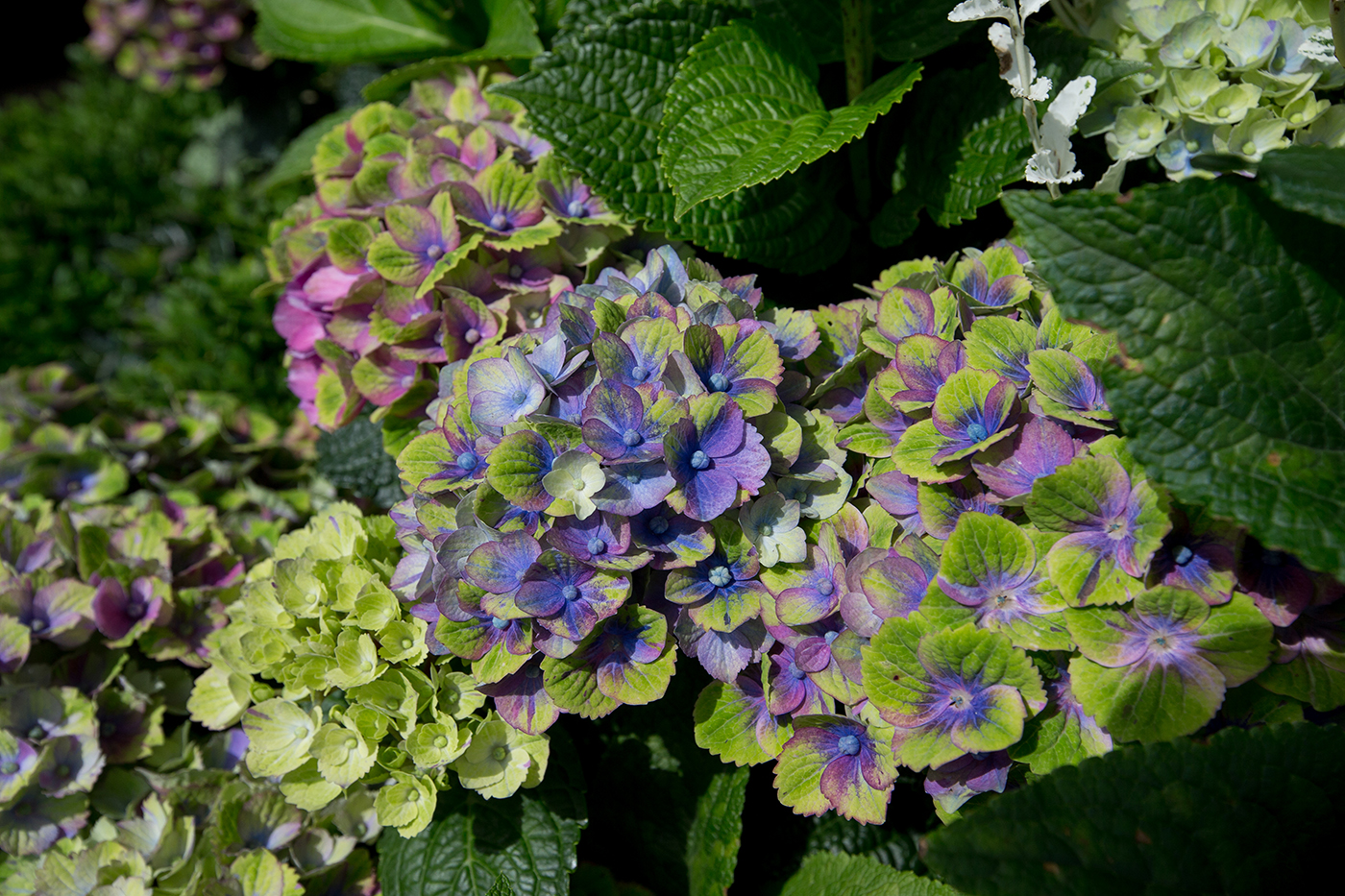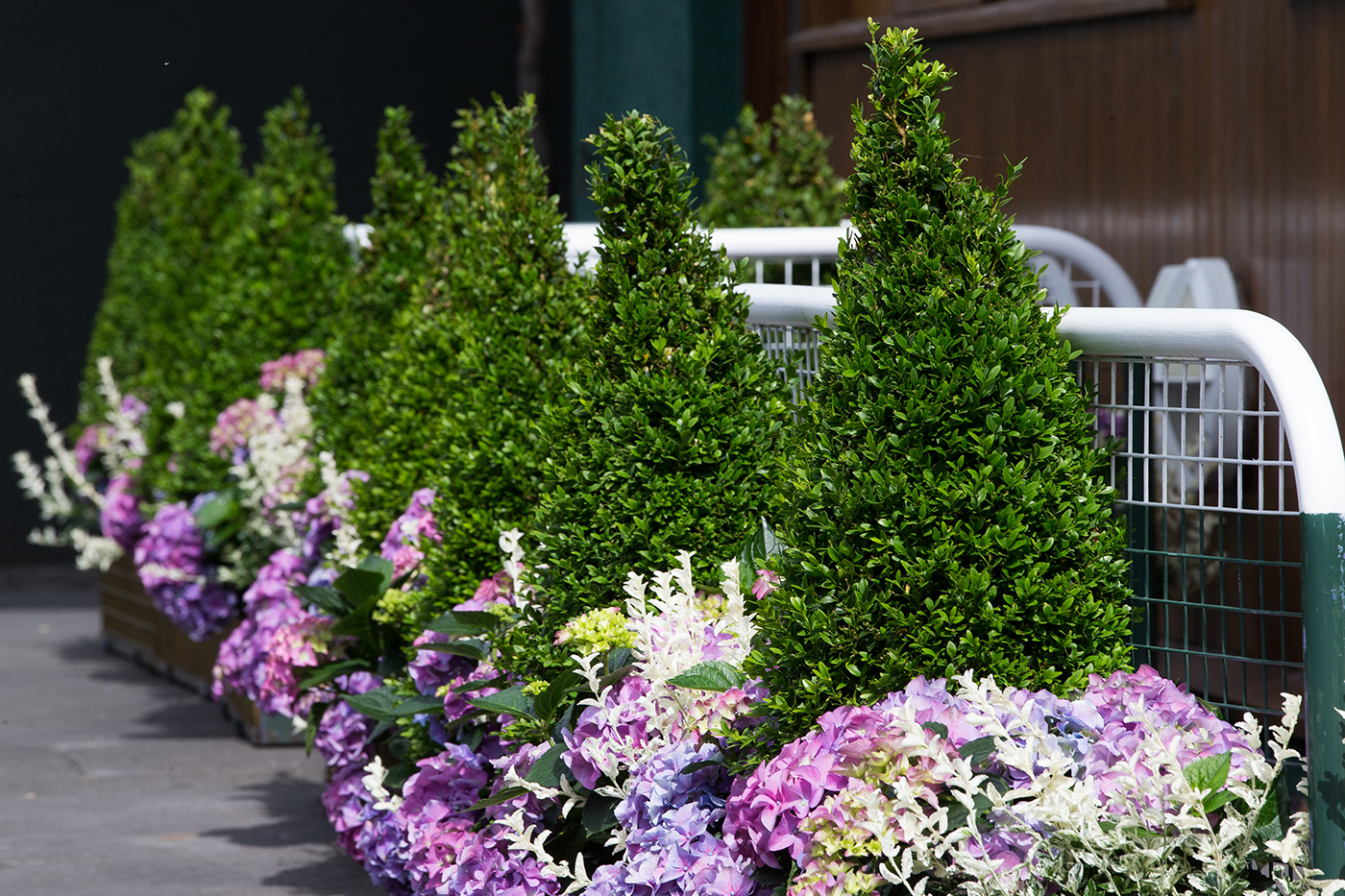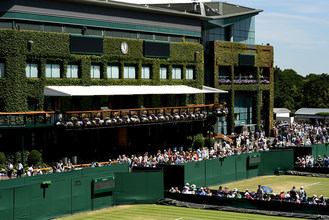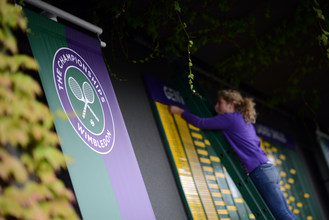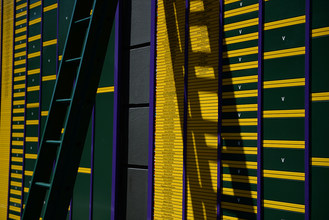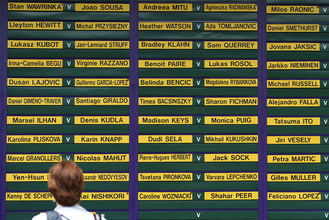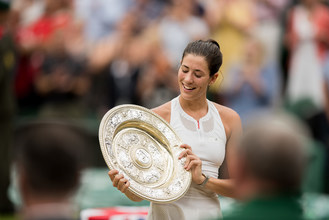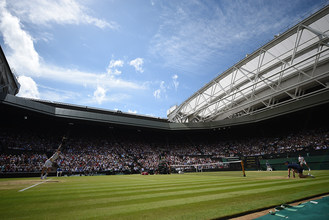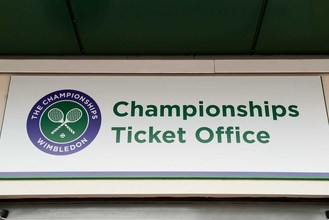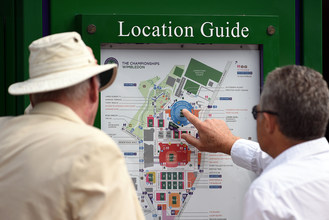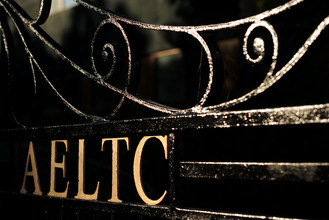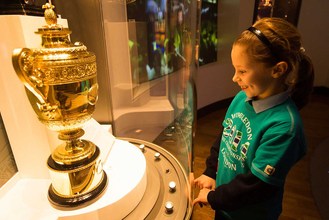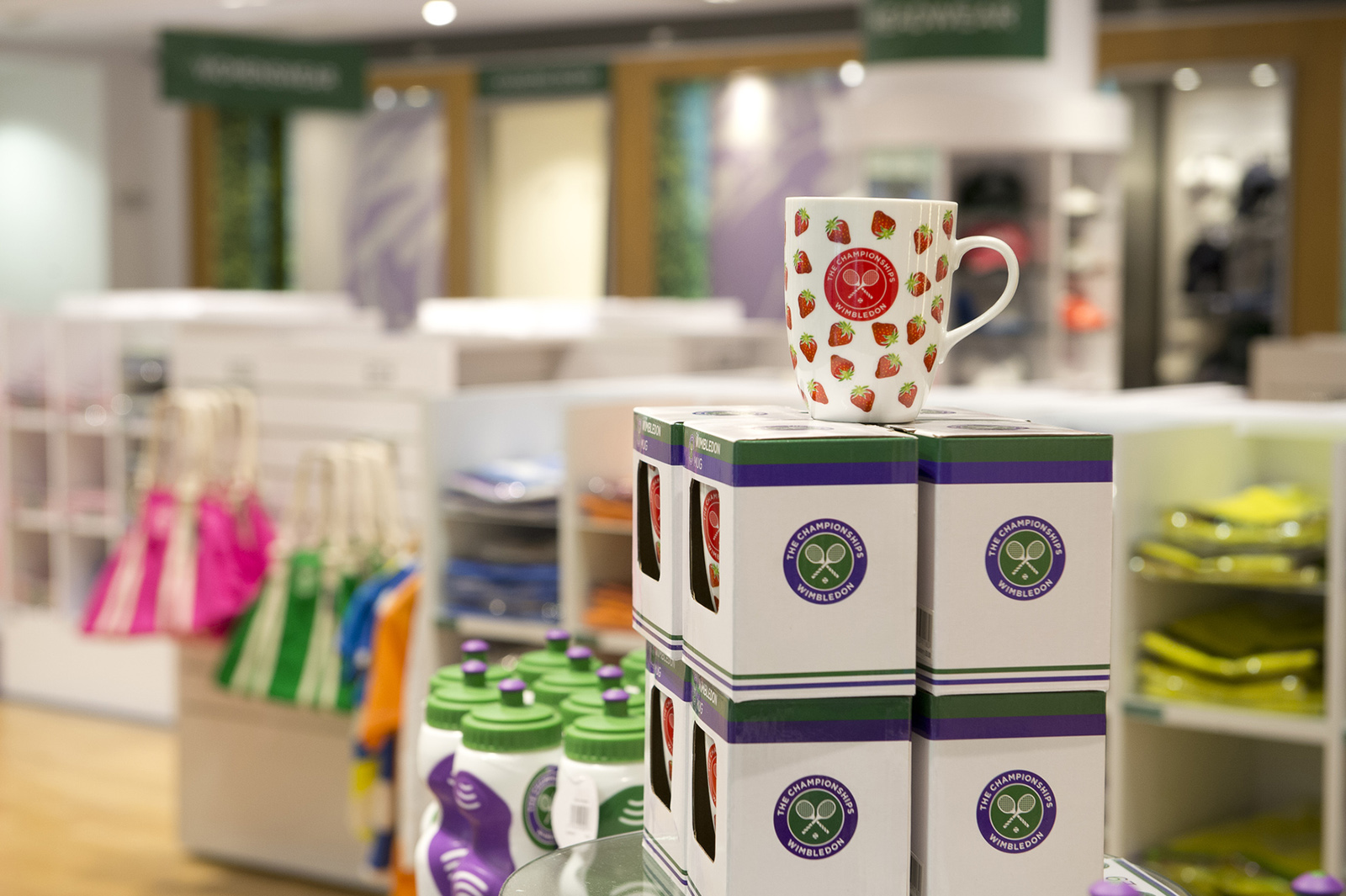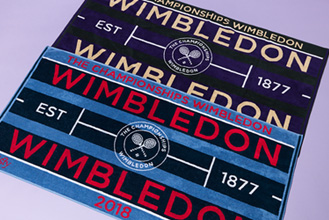Martyn Falconer, the AELTC head gardener, knows all about seeds, blossoming talent and rampant climbers. In the first of a series, he nominates his Flower of the Day.
The Hydrangea 'Magical Amethyst' Blue is a compact, richly flowering, cheerful plant that produces clusters of multi-petalled blooms of the traditional mophead variety and boasts sensational colour-changing characteristics.
In the English Country Garden that is the backdrop for the world’s best tennis players seeking glory on grass, this robust hydrangea’s flowerheads open in a pale lime green, change to a jewel-like blue, morph into a pinky-blue, before fading back to soft limey green.
They are definitely the neediest of all the plants in terms of water.
That’s four changes of colour - more hues than those hair-dye experimentalists Nick Kyrgios, Dominic Thiem and Bethanie Mattek-Sands could come up with between them in a tournament.
“The Magical Amethyst is my favourite flower,” says Martyn, who supervised its introduction last year.
“I saw it at a horticultural show and thought it was a perfect fit for the planting scheme here. The colour change didn’t go quite as planned last year, so it was great to be able to have a conversation with the grower and explain what colours we would like to see during The Championships.”
Yes, in an ideal world, even Wimbledon’s horticultural stars have to conform to a strict dress code.
These ornamental stars line up in the prestigious beds along the front of the Clubhouse and in boxes along the main concourse.
“They are special, so we have used them exclusively around the Members’ area,” says Martyn, who concedes that like all top performers, they do have some diva-esque tendencies. “They are definitely the neediest of all the plants in terms of water. They tend to be very thirsty.”
The hydrangeas not only look the part, but have a botanical heritage that befits Wimbledon tradition. The Magical Amethyst variety was only recently launched, but fossil remains in the Far East reveal the hydrangea genus existed centuries ago before their introduction in Europe around 1735.



